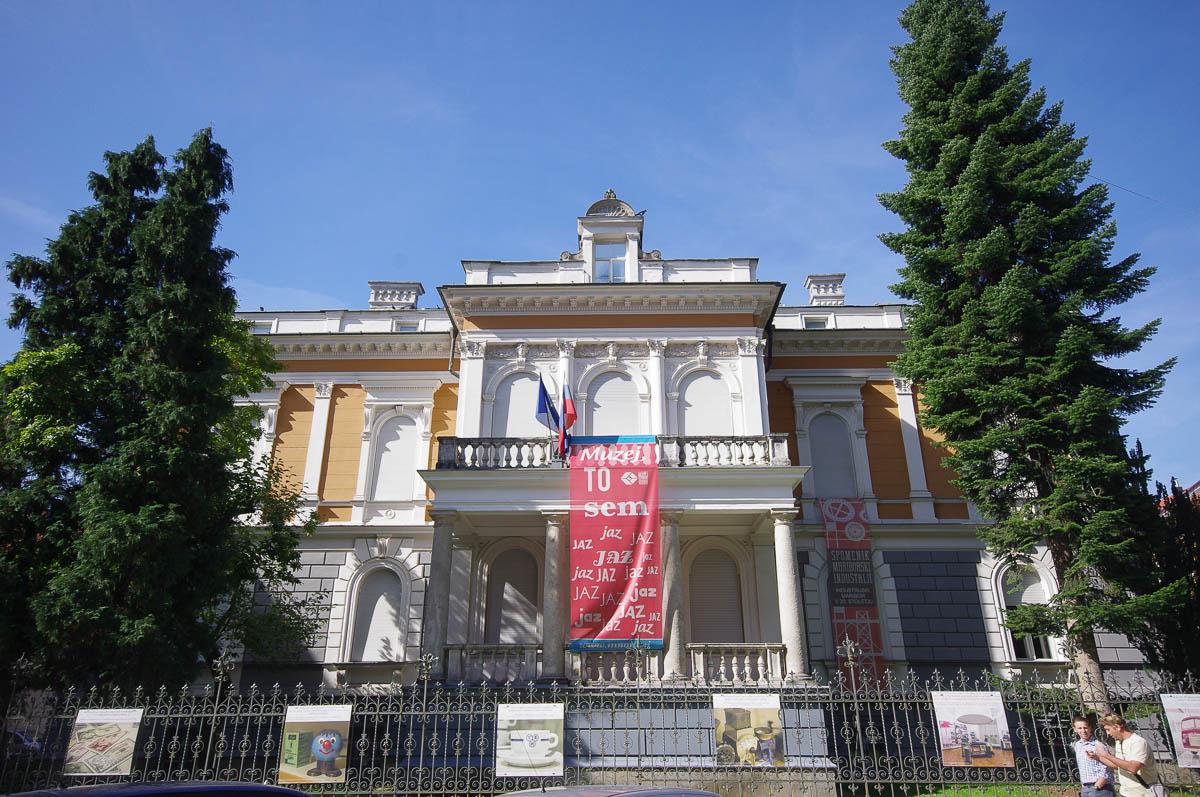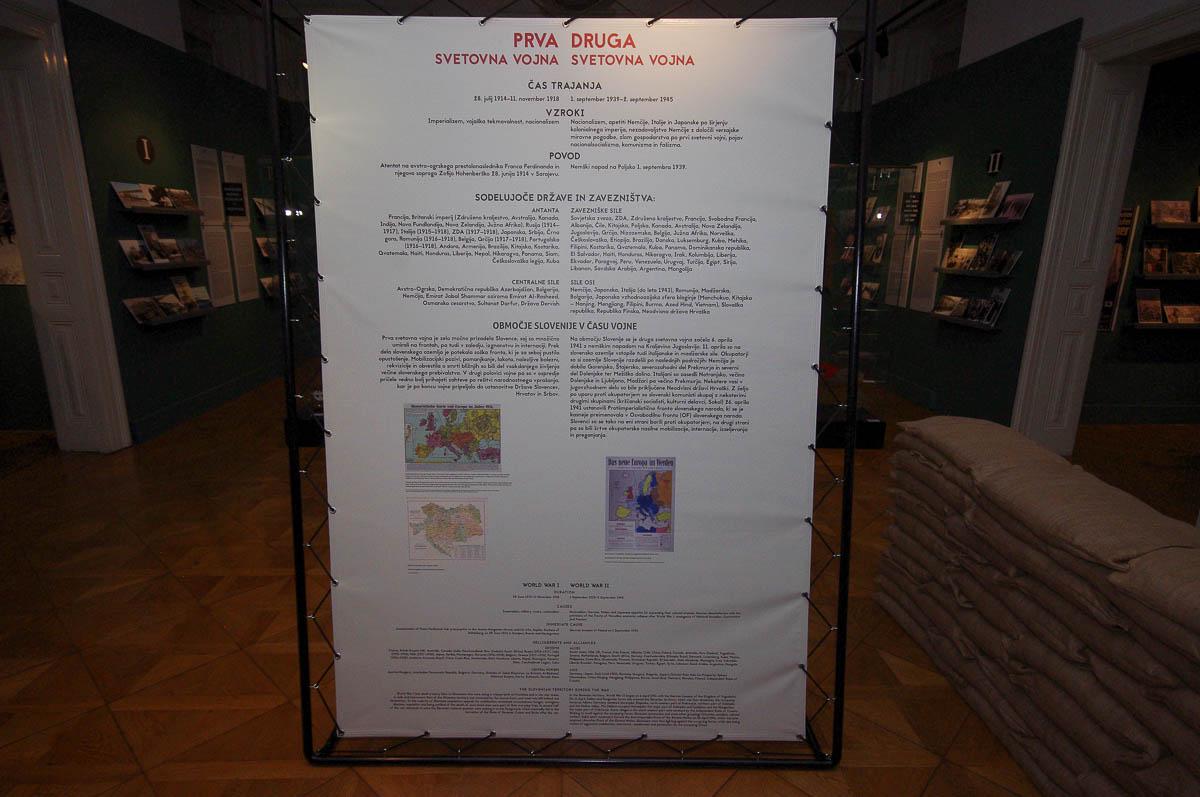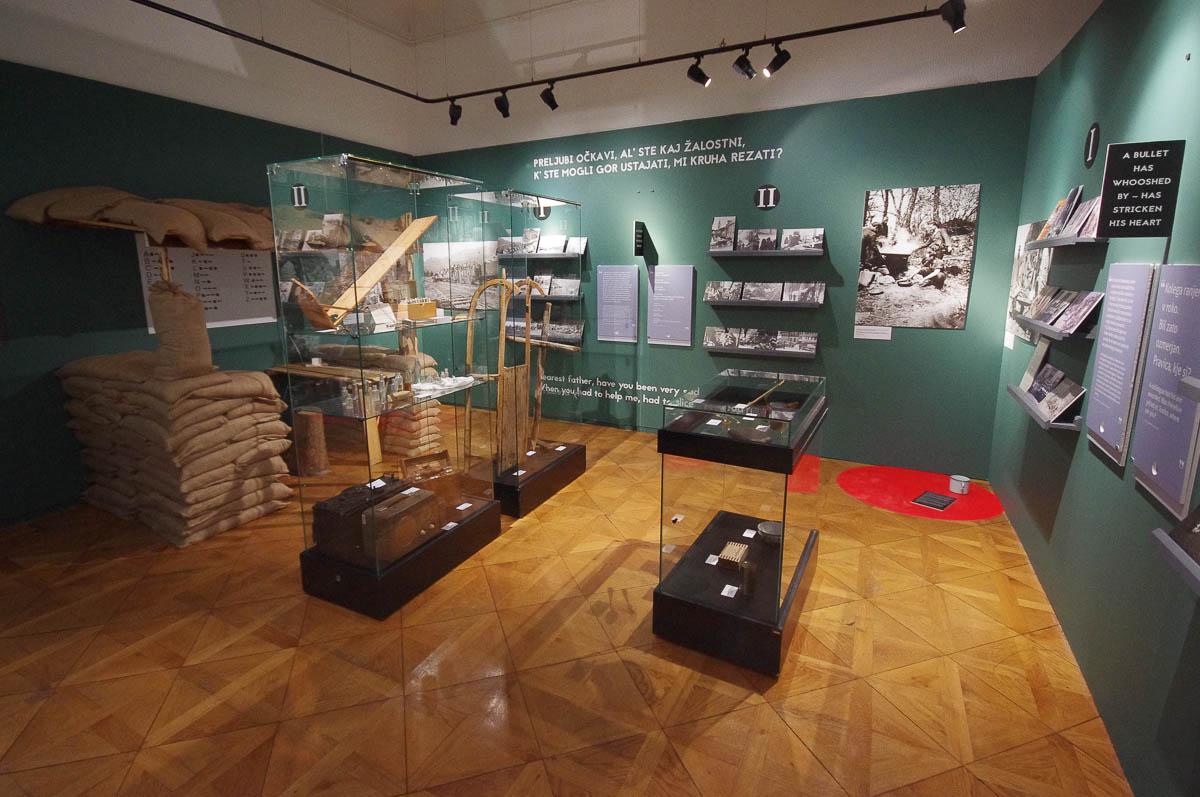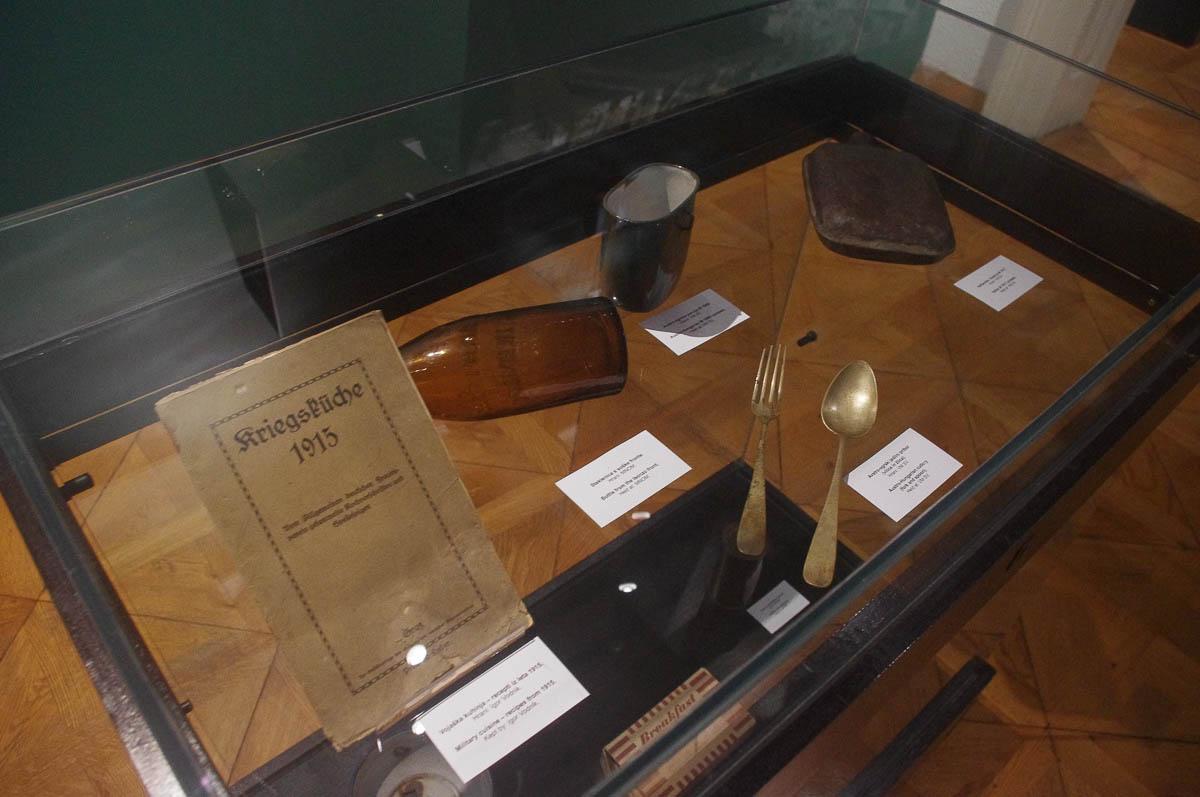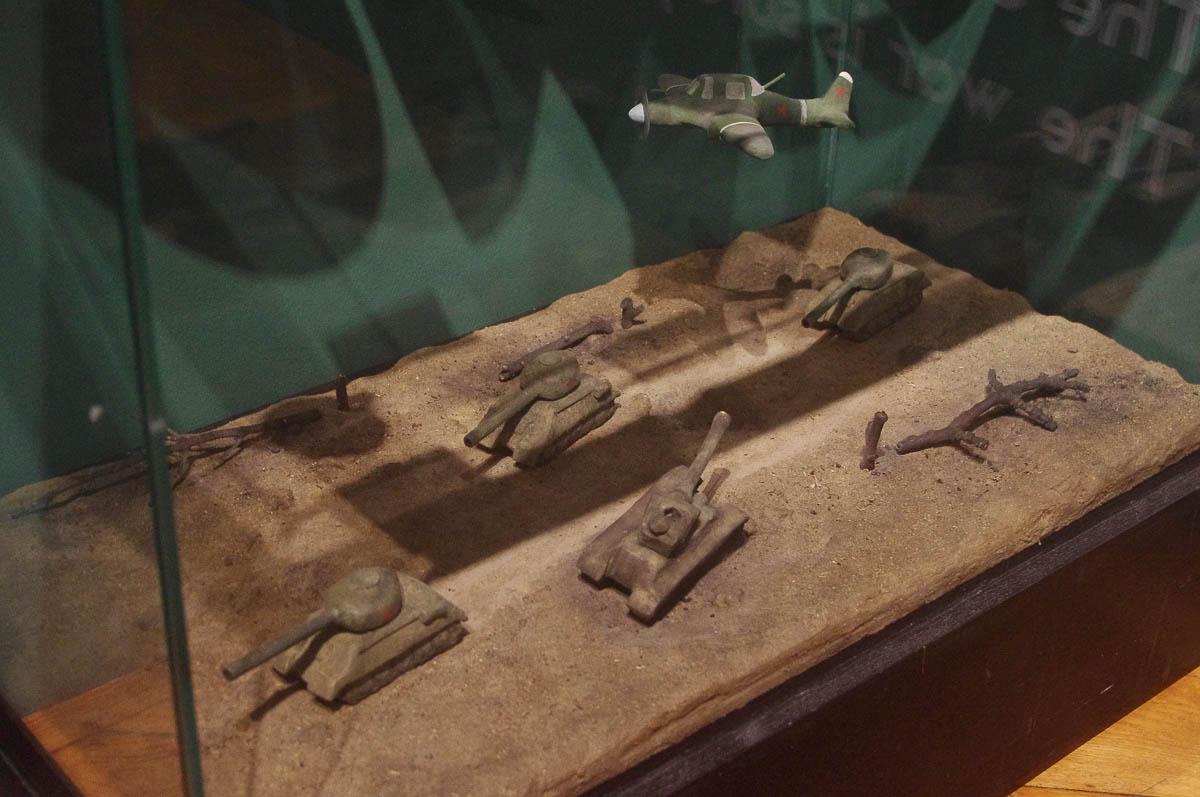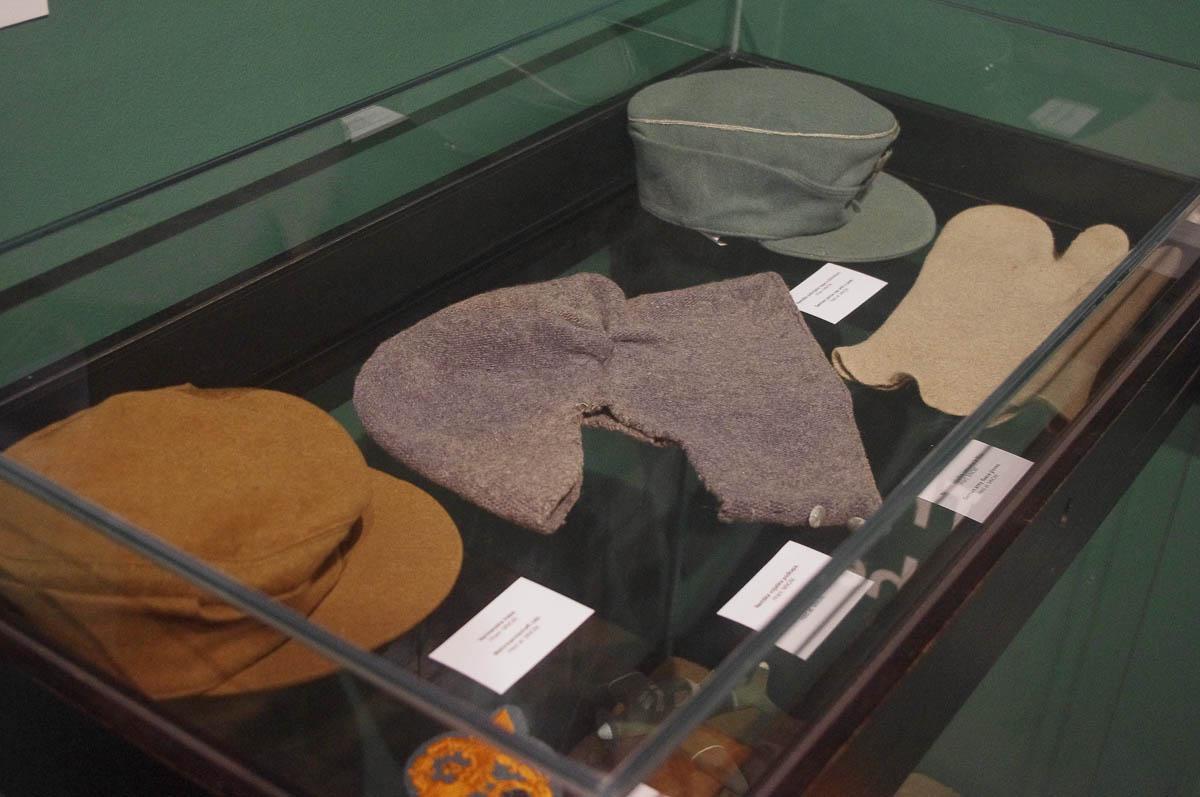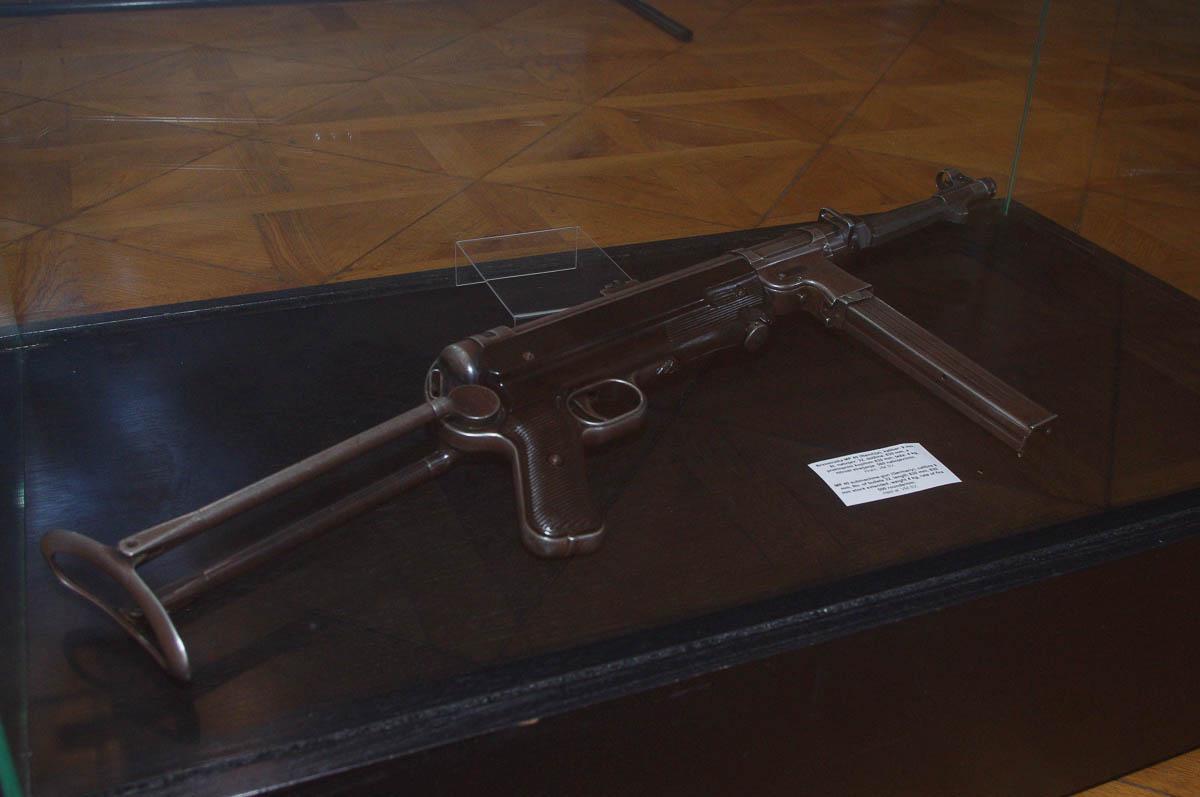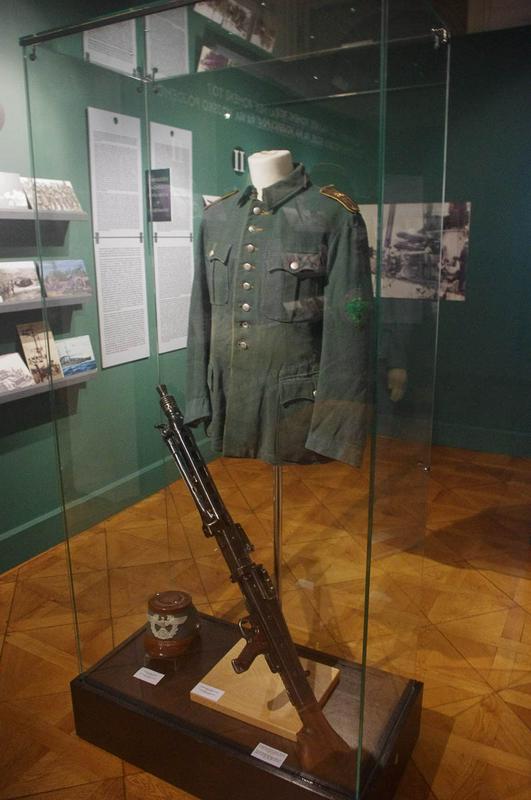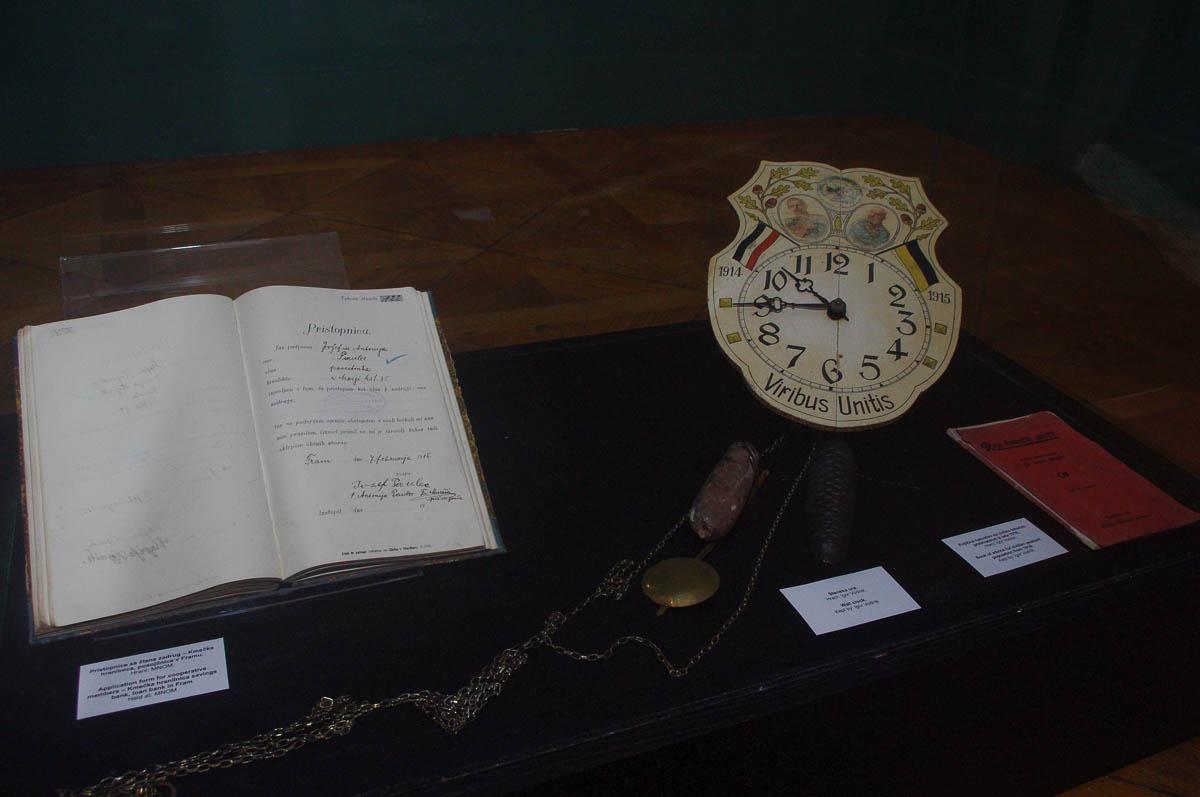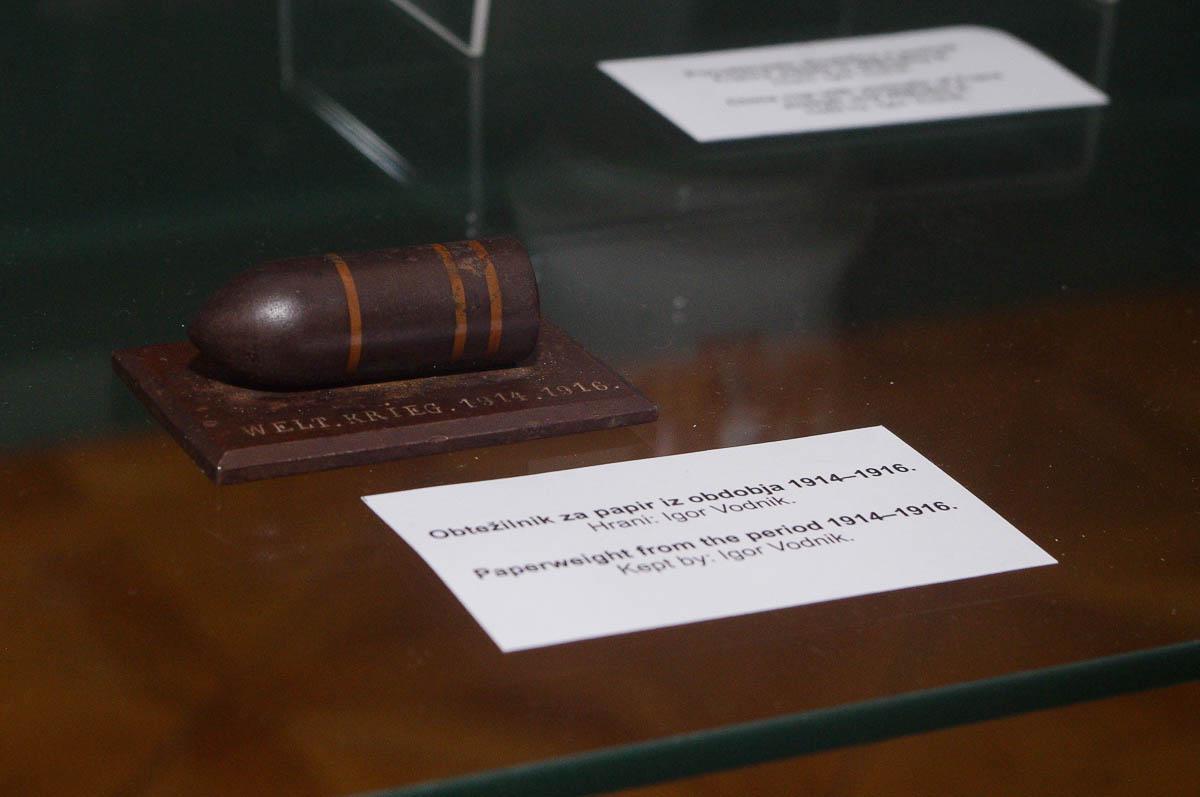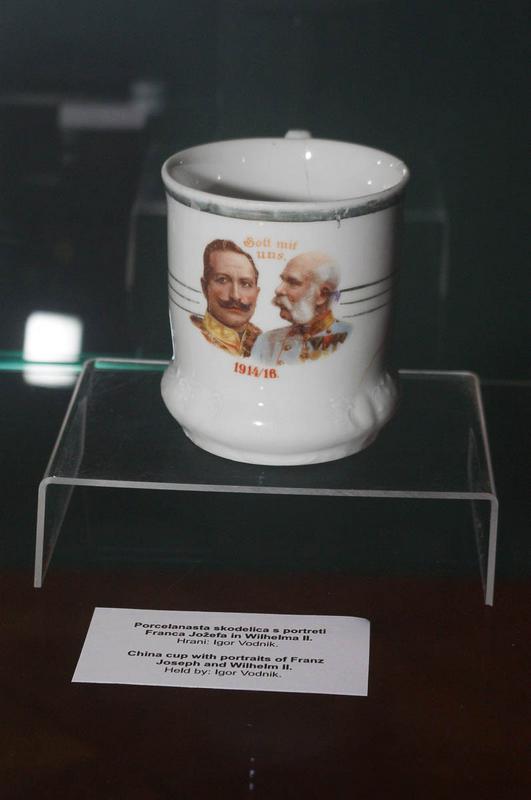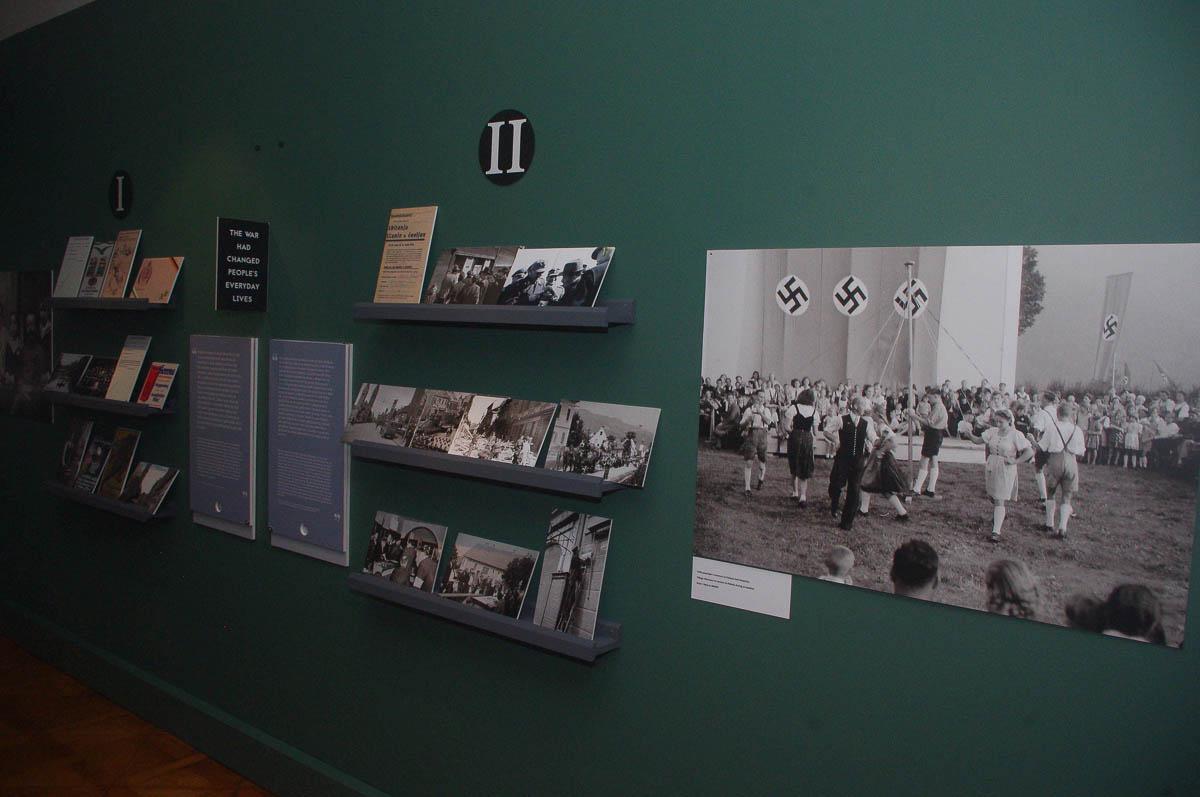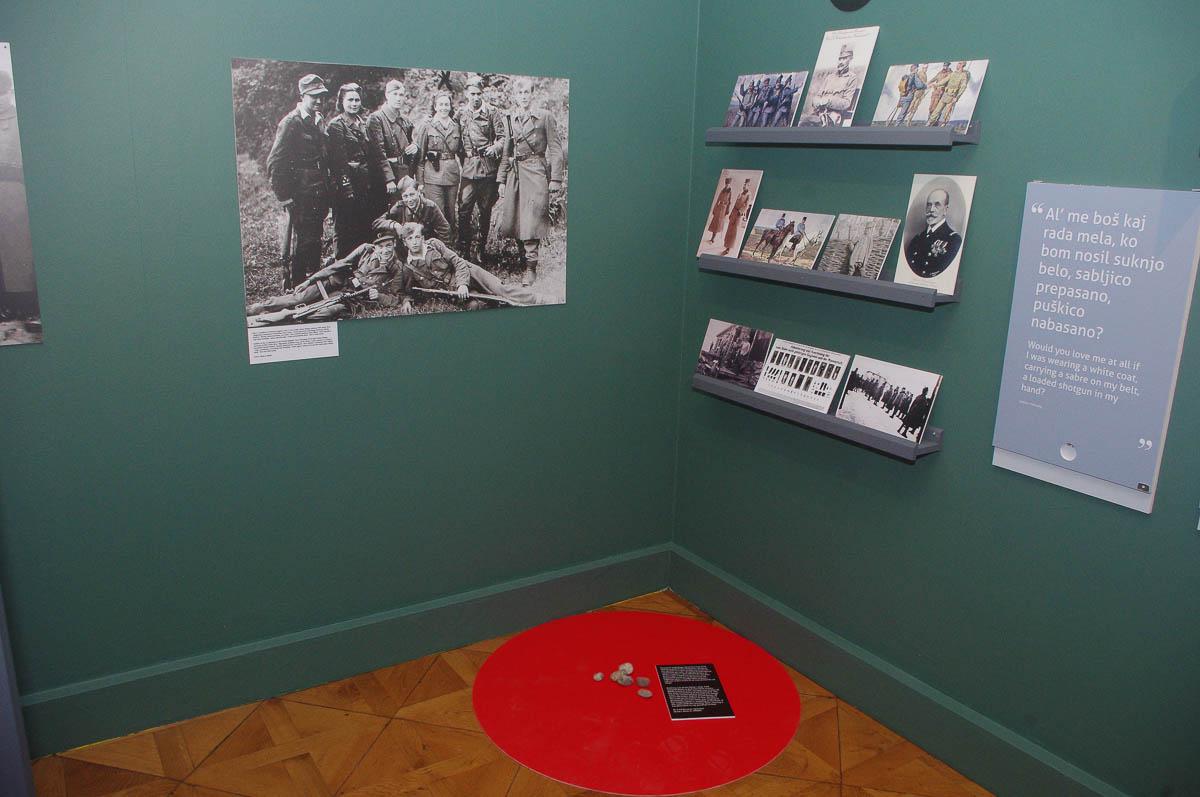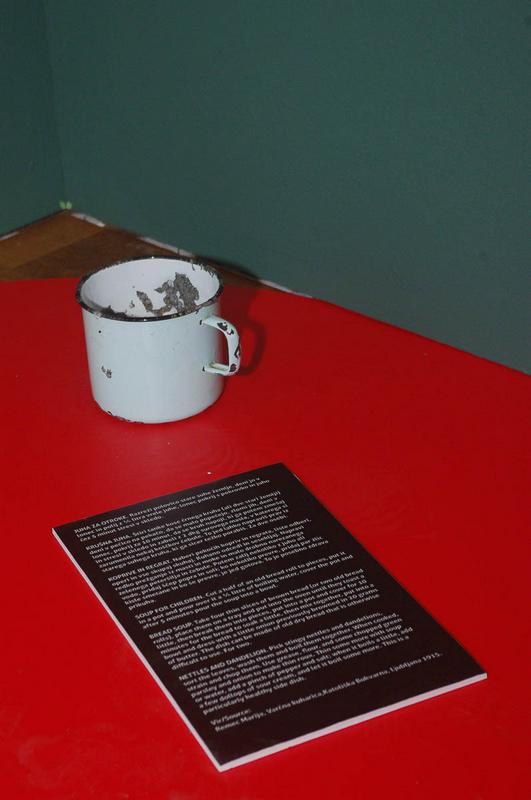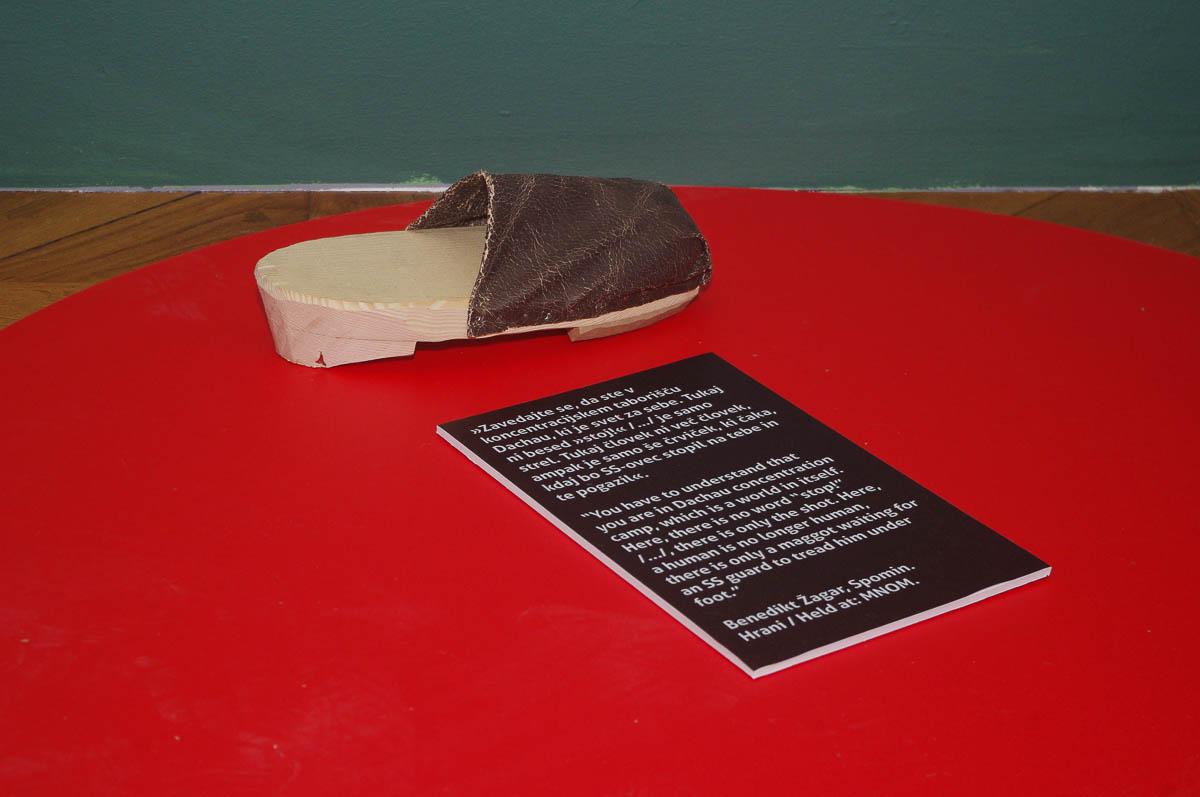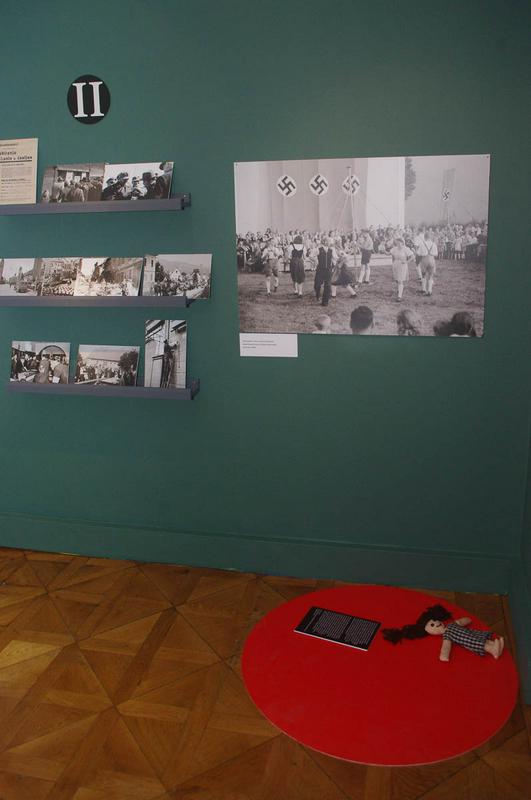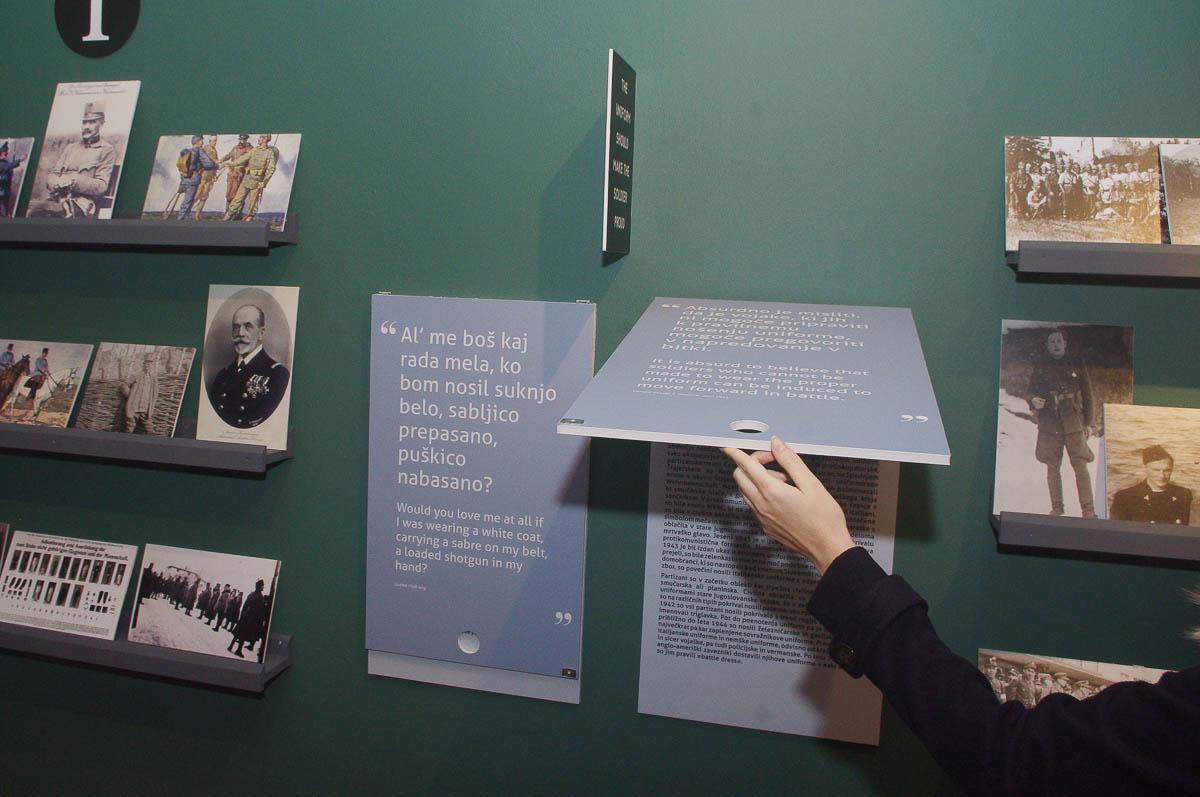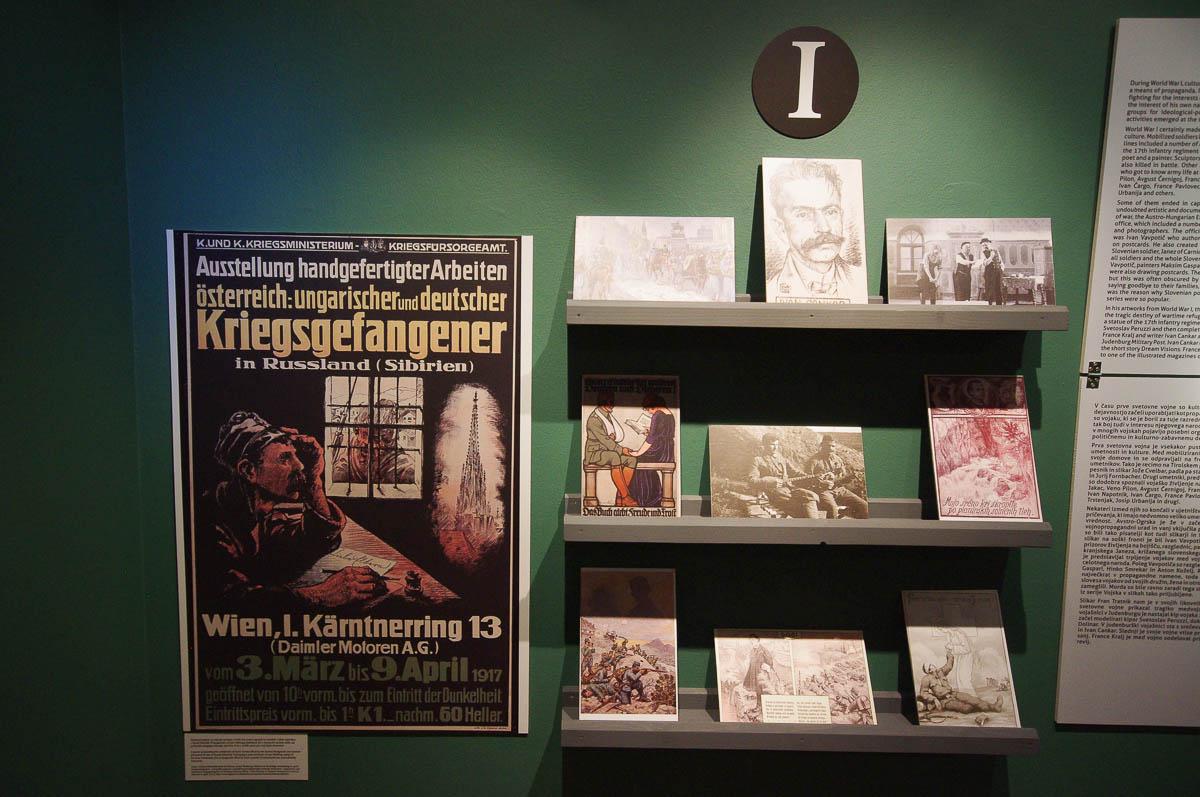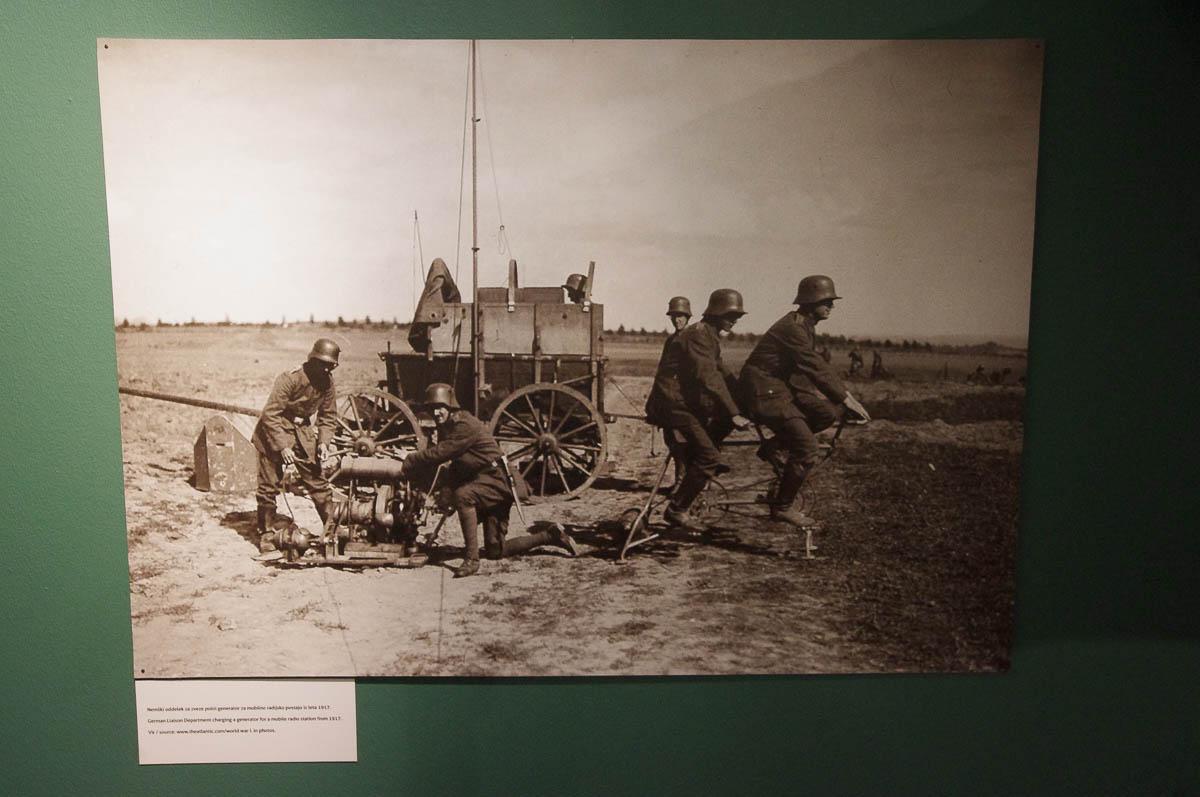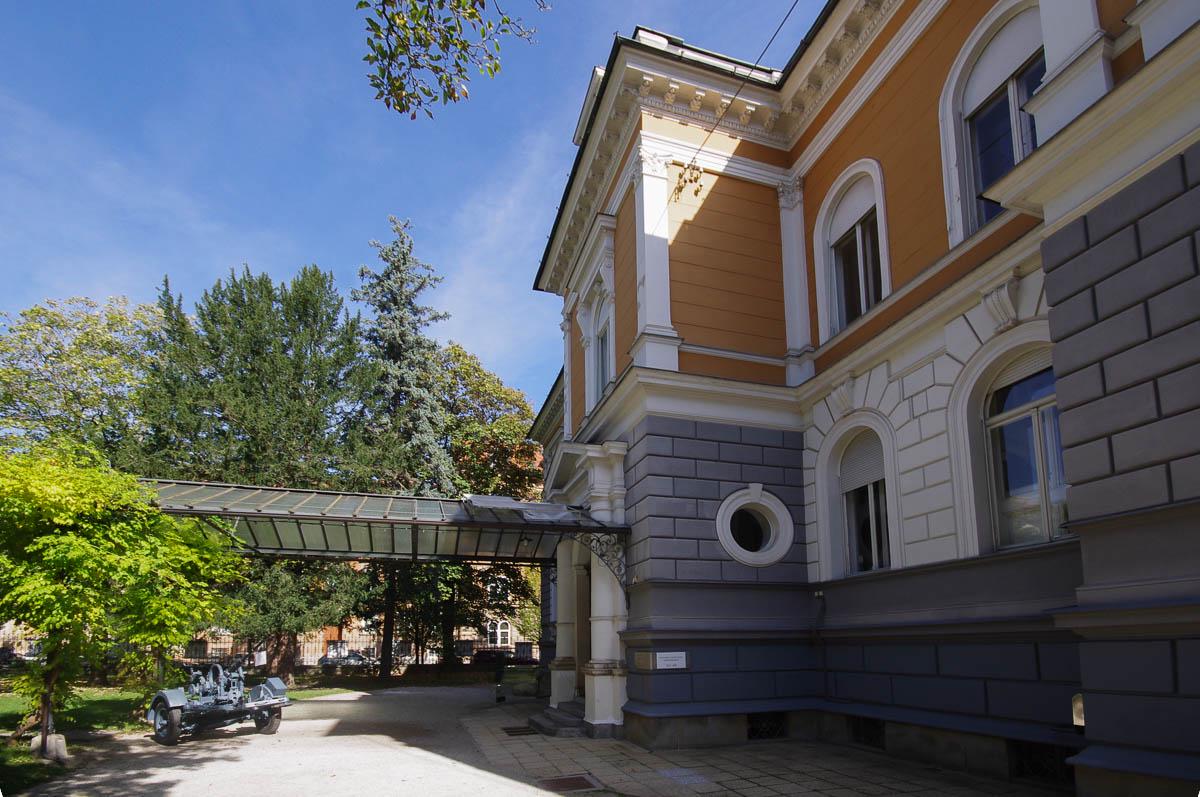
This year 100 years have passed since the beginning of the First World War, and next year 70 years will have passed since the end of the Second World War. The wars are much more interconnected than we believe, or are aware of. Therefore the Museum of National Liberation Maribor decided to prepare an exhibition presenting parallels, derivations and connections between the two World Wars.
During his visit, a visitor is accompanied at all times by verses of the well-known folk song The Clouds are red; the same title has been chosen for the exhibition as well. The non-classical approach attracts most attention, as visitors are not only observers of display cases and the matching descriptions, but they can decide by themselves how much attention they would like to pay to an individual topic. A proper treasure trove of photographs presents, in a parallel manner, the happenings in the First and in the Second World War, and a visitor is allowed to take each of the photos in his/her hand.
If the Slovenian places experienced the First World War mostly through loss of their beloved ones, shortage, and establishment of new social and economic framework, while only the Posočje region had direct contact with the fighting, the Second World War cut deeply into the country. The area was occupied by three different occupying forces, forced denationalisation was introduced, bombing of several parts of the country, and fighting in most of the Slovenian territory.
From the world into Maribor
The prospective of perception and experiencing of World Wars each time narrows down to the experiences of Maribor, and its citizens. After all, in the building which is today housing the Museum of National Liberation Maribor, during the First World War the command for the Isonzo Front was located; in the vicinity Rudolf Maister was gathering his fighters for the northern border; Adolf Hitler visited Maribor during the Second World War, and the anti-Slovenian programme with deportation and imprisonment of those who would not be turned into Germans was forced upon the citizens. The city was bombarded as well. In this way the World Wars have fundamentally changed both the entire Slovenian, and the local area, and have left deep consequences in those generations which lived through them.
Ana Svenšek, MMC
Translated by G. K.




















































